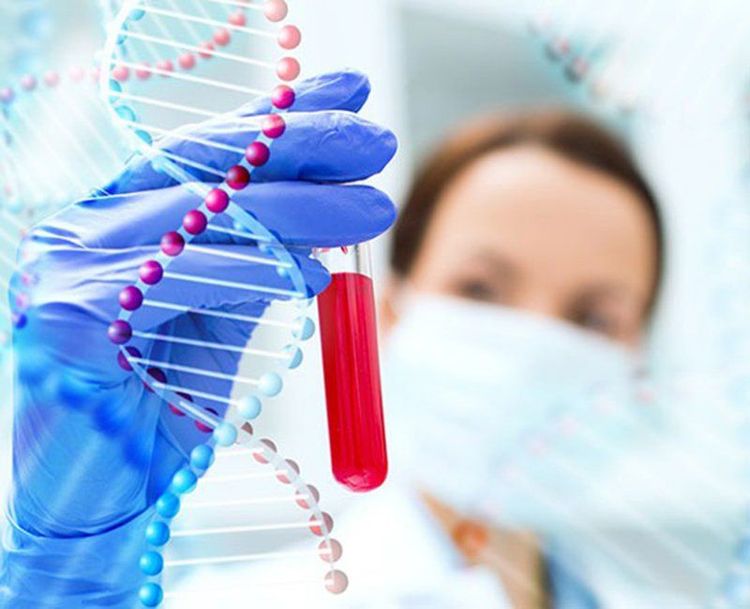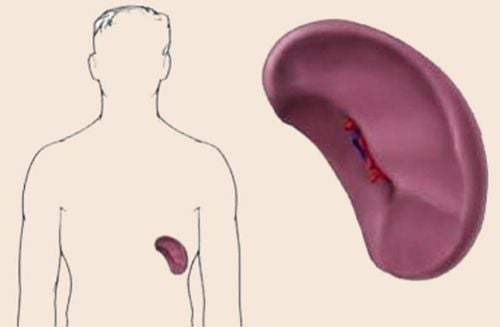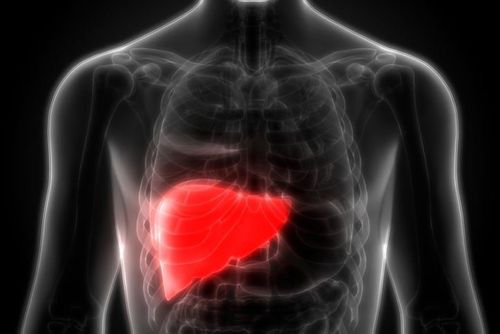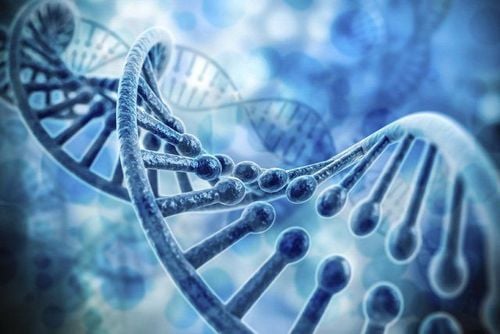This is an automatically translated article.
Sickle cell anemia is one of the common genetic diseases, especially in the African region. Sickle cell anemia causes serious complications and shortens life because red blood cells are not produced. With the development of medical science, stem cell transplantation is now a special treatment method for patients with complications due to advanced disease.
1. What is sickle cell anemia?
Sickle cell anemia is a genetic disease in humans, present from birth, which is an abnormality in the shape and hemoglobin of red blood cells.
Normally, human red blood cells are disc-shaped, when in the blood vessels the cells easily move. Hemoglobin is a protein in red blood cells that contains a lot of iron, gives blood its red color and is responsible for transporting oxygen in the lungs to all organs in the body.
In patients with sickle cell anemia, the abnormality in the shape and hemoglobin of red blood cells makes it difficult for them to move, harden, block blood vessels, and prevent blood circulation. infection, damage to certain organs in the body.
2. Manifestations of sickle cell anemia
Sickle cell anemia has the following symptoms:
Anemia makes the body often feel tired, headache, dizziness, shortness of breath, chest pain. Depending on the condition, the degree of anemia in each person is different. In anemic patients, the skin color is often pale green or slightly yellow. Blood vessels are blocked leading to ischemia or tissue infarction. Enlarged liver and spleen are common in young children. Meanwhile, recurrent infarcts and fibrosis lead to splenic atrophy in adults. Sickle cell anemia also causes enlarged heart, systolic murmur, gallstones, ankle ulcers. Acute pain usually occurs suddenly in most bones and joints in the body (from the long bones to the bones of the hands, feet, back, hips, thighs) and in the lungs and abdomen. The duration of acute pain episodes can be several hours or possibly days, while chronic pain episodes can be up to several months.

Bệnh thiếu máu tế bào hình liềm là một trong những bệnh di truyền thường gặp
3. Diagnosis of sickle cell anemia
Sickle cell anemia can be diagnosed with the following tests. The appropriate test will be performed depending on the age of the patient.
DNA testing: DNA testing is done for diagnosis, prenatal screening to look for abnormalities in the gene that causes sickle cell disease. Peripheral blood smear, blood solubility: These two tests, along with Hb electrophoresis, are performed to diagnose and screen children and adults with symptoms of sickle cell anemia. . Hb electrophoresis: The results of Hb electrophoresis are used to screen newborns and are repeated to confirm the results.
4. Cure sickle cell anemia with stem cells
Previously, the treatment of sickle cell anemia was mainly health care with hydroxyurea and folate supplementation, when complications were present, controlled treatment with antibiotics (infection), fluids, reduction pain (embolism), blood transfusion. The disease has absolutely no specific treatment. In addition, some new methods such as bone marrow transplantation also help cure in a small number of cases.
However, with the development of medical science, now, sickle cell anemia can be cured by stem cell transplantation, applied in cases where the patient progresses and develops disease. complications present.
Stem cells are considered a special treatment for sickle cell anemia because they not only replace and repair defective hemoglobin with cells with healthy, healthy hemoglobin (replacement rate). up to 65%) but also helps in the production of new red blood cells.
With stem cell transplantation, after treatment, the patient has less anemia and the red blood cells produced by the bone marrow achieve the shape and size close to normal cells.

Hiện nay phương pháp ghép tế bào gốc được ứng dụng nhiều trong chữa bệnh thiếu máu tế bào hình liềm
5. What complications does sickle cell anemia cause?
Sickle cell anemia, if not treated, can lead to a number of complications such as:
Hand and foot syndrome: A syndrome that causes fever, swelling, edema, pain, in one or both hands and feet . Enlarged spleen: The spleen holds sickle-shaped red blood cells and becomes enlarged, too much accumulation can cause the spleen to stop working and shrink. When the spleen is severely damaged, the patient will face serious infectious complications. Pneumonia: In young children with sickle cell anemia, pneumonia is a common serious complication that can often lead to death. Acute chest syndrome: When the lungs retain sickle-shaped red blood cells, it can cause a serious infection, which is mainly characterized by fever and chest pain, leading to shortness of breath, and can even be life-threatening. sick. Growth retardation: Young children with sickle cell anemia often have developmental delays, especially delayed puberty. Some other complications: Meningitis, hepatitis, gallstones, multi-organ failure, vision loss or reduction, influenza infection, stroke, ... Currently, sickle cell anemia is treated with stem cells. is considered a modern method that can cure the disease, not only reducing anemia but also helping the body produce red blood cells closest to normal.
Please dial HOTLINE for more information or register for an appointment HERE. Download MyVinmec app to make appointments faster and to manage your bookings easily.













